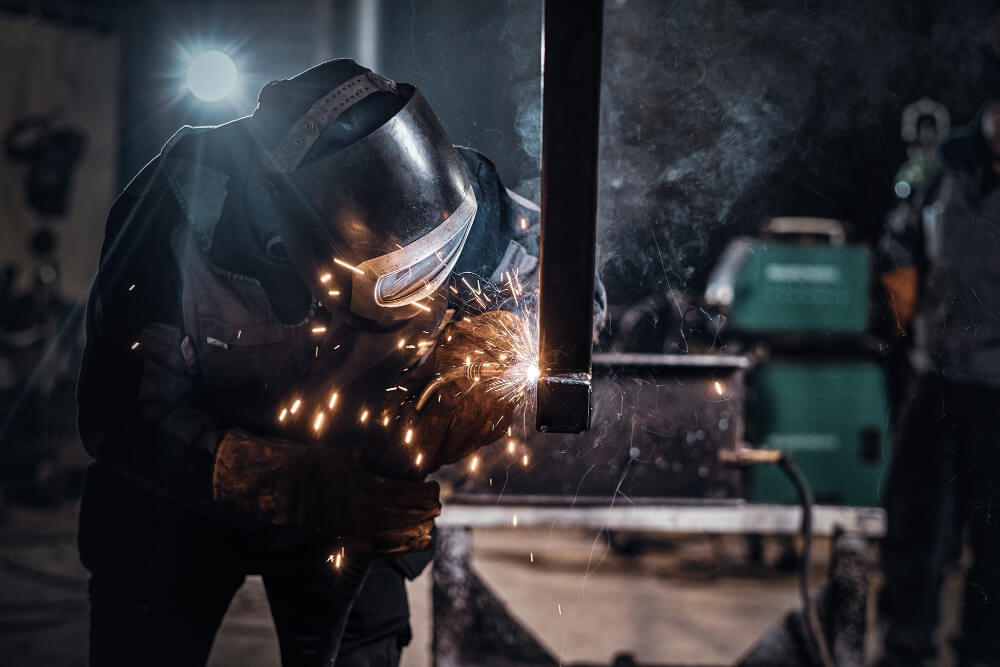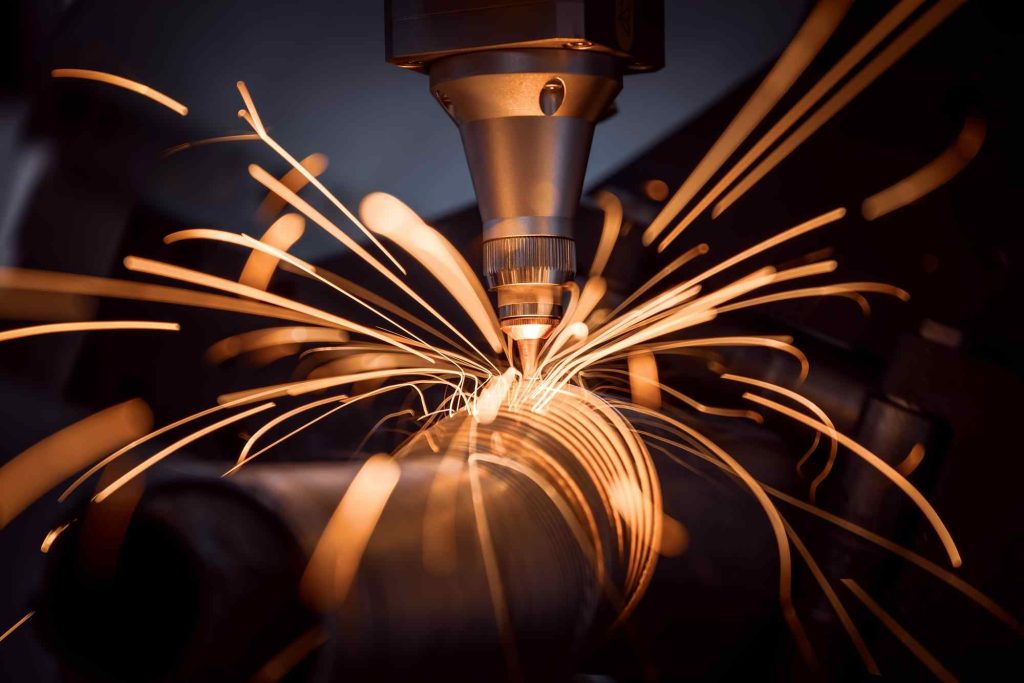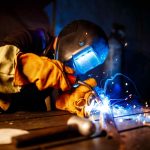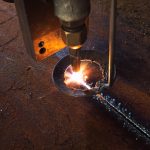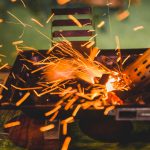Inert Gases
Inert gases, as the name suggests, do not chemically react with other elements during the welding process. These gases are crucial for protecting the weld pool from contamination by oxygen and nitrogen, which could weaken the welded joint. The main inert gases used in welding are argon and helium.
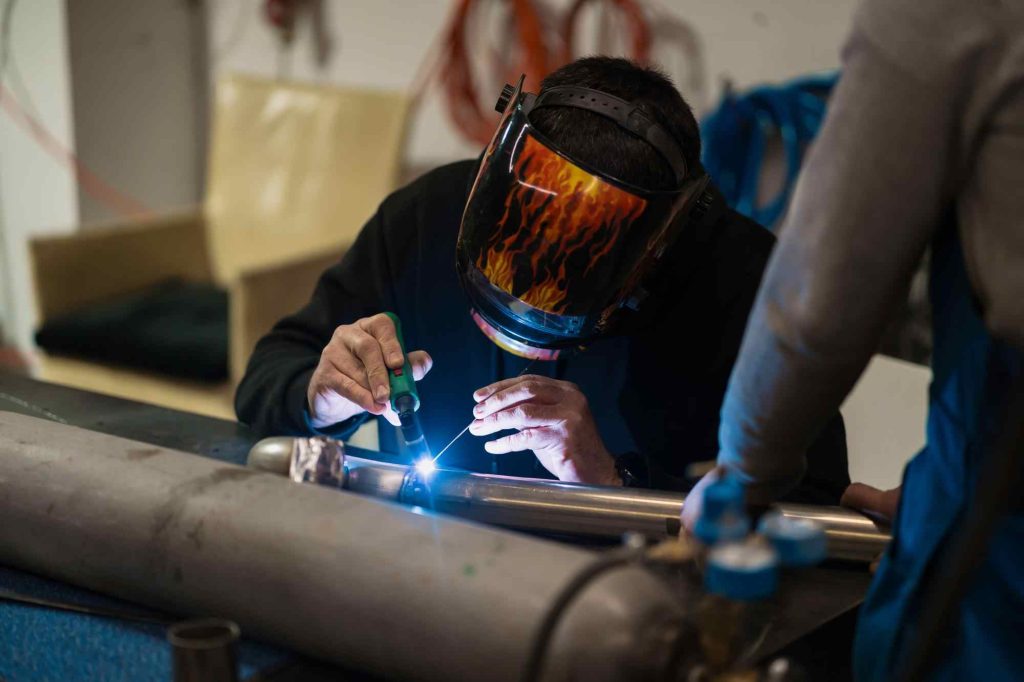
Argon is the most commonly used inert gas in welding non-ferrous materials such as aluminum and copper. Its use ensures a clean weld and reduces the chances of porosity in the weld bead. Additionally, argon is known for providing a stable arc, which facilitates precise control of the welding process. Helium, on the other hand, is mainly used in applications requiring greater arc penetration, such as welding thicker metals or processes requiring higher welding speeds. The combination of argon and helium is also common, offering a balance between arc stability and deep penetration.
Active Gases
Unlike inert gases, active gases chemically react with the molten metal during welding. This interaction can be beneficial for certain materials, especially steels. Carbon dioxide (CO2) is the most commonly used active gas in carbon steel welding and is an economical option that provides good arc penetration and fast welding speeds.
However, using pure CO2 can result in more spatter and a less aesthetically pleasing weld bead compared to inert gases. For this reason, CO2 is often mixed with argon to achieve a balance between arc penetration and a cleaner finish. Another common mixture is the use of small amounts of oxygen with argon or CO2, which helps stabilize the arc and improve the fluidity of the molten metal, resulting in a more uniform weld bead with fewer defects.
Gases for TIG Welding
TIG (Tungsten Inert Gas) welding is a process that requires precise control and reliable shielding gas. Argon is the most commonly used gas in this process due to its ability to maintain a stable arc and provide effective protection for the tungsten electrode and the weld pool. In some cases, argon-helium mixtures are used to enhance arc penetration and increase welding speed, especially for thicker materials.
It is important to note that in TIG welding, the shielding gas not only protects the weld pool but also helps cool the tungsten electrode, extending its lifespan and improving process efficiency. Choosing the appropriate gas or gas mixture in TIG welding is crucial to avoid contamination of the tungsten and ensure the quality of the weld.
The choice of shielding gas in welding processes is a determining factor in the quality, efficiency, and cost of the work performed. Inert gases such as argon and helium are ideal for clean and precise welds, especially in non-ferrous materials. On the other hand, active gases such as CO2 and mixtures with oxygen offer advantages in steel welding, where penetration and speed are priorities. Understanding the properties and applications of each type of gas allows for optimizing welding processes, ensuring a final result that meets the quality standards required in the industry.

